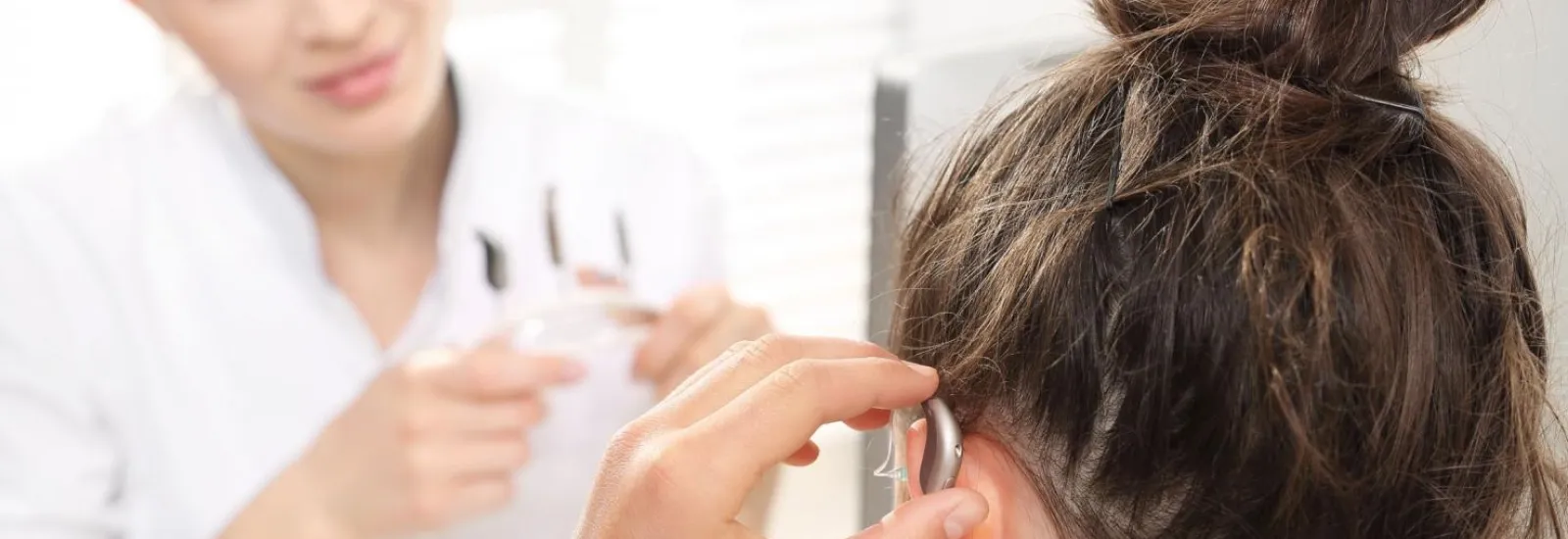
Real Ear Verification: Gold Standard Hearing Aid Fitting
The
value you get out of your hearing aid will hinge on the skills and abilities of
your provider. It is crucial to understand the difference between audiologists
and hearing instrument specialists. Audiologists and hearing instrument
specialists are both licensed to sell hearing aids, but audiologists are
skilled in properly fitting hearing aids, diagnosing hearing loss, and hold a
master's or doctoral degree in audiology.
No
matter the cost of the device, a hearing aid will only work as well as the
programming performed by your hearing provider. The only way to verify a
hearing aid is programmed correctly for your specific hearing loss and ear
anatomy is by performing Real
Ear Verification.
What
is Real Ear Verification?
Real Ear Verification is a test used to ensure proper sound quality of hearing aids. If Real Ear Verification is not performed, your devices may not be working as well as they should be. Every person's ear canal size and shape is different, this significantly impacts hearing and can result in either over-amplification or under-amplification.
Why
it's important:
All
hearing aids work the same to some regard, but not all ears accept sound the same way. Bigger
ears make sound softer, while smaller ears make the same sound louder. Softer
ears (cartilage) absorb more sound so not as much is heard, harder cartilage
reflects more sound and can make the hearing aid seem louder. Real Ear
Verification is the gold standard to determine that a hearing aid is programmed
the right way for speech understanding and sound quality.
The
American Academy of Audiology, American Speech Language Hearing Association,
and Hearing Instrument Association all recommend that probe microphone
measurements should be completed to ensure that hearing aid gain and output
meet prescribed targets for each individual. However, only 34% of audiologists provide this
service.
What
to expect:
During
the procedure, a microphone is placed in the ear along with the hearing aid. As
the patient sits quietly, they listen to a recording of a speech passage
designed to incorporate most of the speech sounds used in the English language.
A measurement report of how the hearing aid is working in the patient's ear
tells the audiologist if the hearing aid is working correctly, or if it needs
to be adjusted to give more or less sound at any particular pitch.
Audiologist
Amber Wolsiefer with Reid Hearing Center shares
"Most of my patients are surprised at how their hearing improves dramatically after the use of this technology. Even if they had hearing aids that were purchased 2-3 years ago, their hearing can be improved with those hearing aids. The benefits of Real Ear Verification mean that one doesn't always need new hearing aids. This technology is a tool in our tool box to help improve a patient's hearing with what they already have."
So, while ideal to have
this verification performed during the initial fitting process, hearing aid
users that have been wearing their hearing aids for a couple of years can still
benefit from this technology.
Reid Hearing Center is the
only facility in the region to offer Real Ear Verification. Contact us to request an
appointment today.

